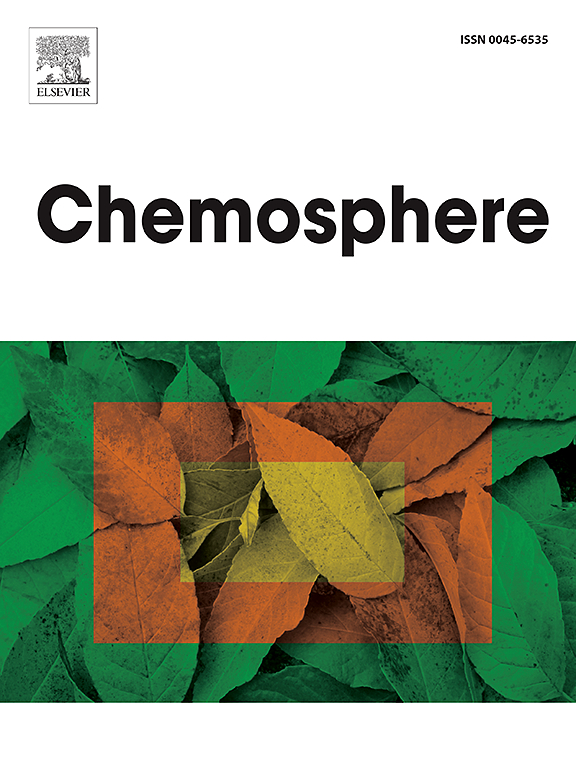Ecological risk assessment and ingestion of microplastics in edible finfish and shellfish species collected from tropical mangrove forest, Southeastern India
IF 8.1
2区 环境科学与生态学
Q1 ENVIRONMENTAL SCIENCES
引用次数: 0
Abstract
In the Pichavaram mangroves in Southeast India, this study examines the seasonal trends and consumption of microplastic (MPs) by several fish and shellfish species. Four different seasons viz. summer, pre-monsoon, monsoon, and post-monsoon were used to gather the fish and shellfish samples from Pichavaram Mangrove Forest. The results of the present investigation revealed that MP abundance was higher during the monsoon (45 %), suggesting seasonal runoff and increased plastic pollution during heavy rains as key contributors. We observed microplastics in Liza tade (mullet), with 13.33 MPs/individuals in the summer, 0.77 MPs/individuals in the pre-monsoon, 6.3 MPs/individuals in the monsoon, and 2.67 MPs/individuals in the post-monsoon. A significant proportion (32 %) of MPs were smaller than 1 mm. The fibres were predominated with blue (40 %) and red (13 %). The polyethylene (PE), polypropylene (PP), and polyethylene terephthalate (PET) were the primary polymers, according to μ-Raman spectroscopy. The fish species Liza tade and Etroplus suratensis showed the highest levels of contamination, while the shellfish species Portunus sanguinolentus and Scylla serrata did the same. Comparative global analyses reveal that mangrove ecosystems across different regions exhibit the presence of similar polymer types, but microplastic sources vary greatly from place to place. This work highlights the pervasive nature of MPs, their complex seasonal behavior, and their ecological implications, advocating for targeted mitigation strategies to address MP pollution and its potential risks to marine life and ecosystems.

求助全文
约1分钟内获得全文
求助全文
来源期刊

Chemosphere
环境科学-环境科学
CiteScore
15.80
自引率
8.00%
发文量
4975
审稿时长
3.4 months
期刊介绍:
Chemosphere, being an international multidisciplinary journal, is dedicated to publishing original communications and review articles on chemicals in the environment. The scope covers a wide range of topics, including the identification, quantification, behavior, fate, toxicology, treatment, and remediation of chemicals in the bio-, hydro-, litho-, and atmosphere, ensuring the broad dissemination of research in this field.
 求助内容:
求助内容: 应助结果提醒方式:
应助结果提醒方式:


